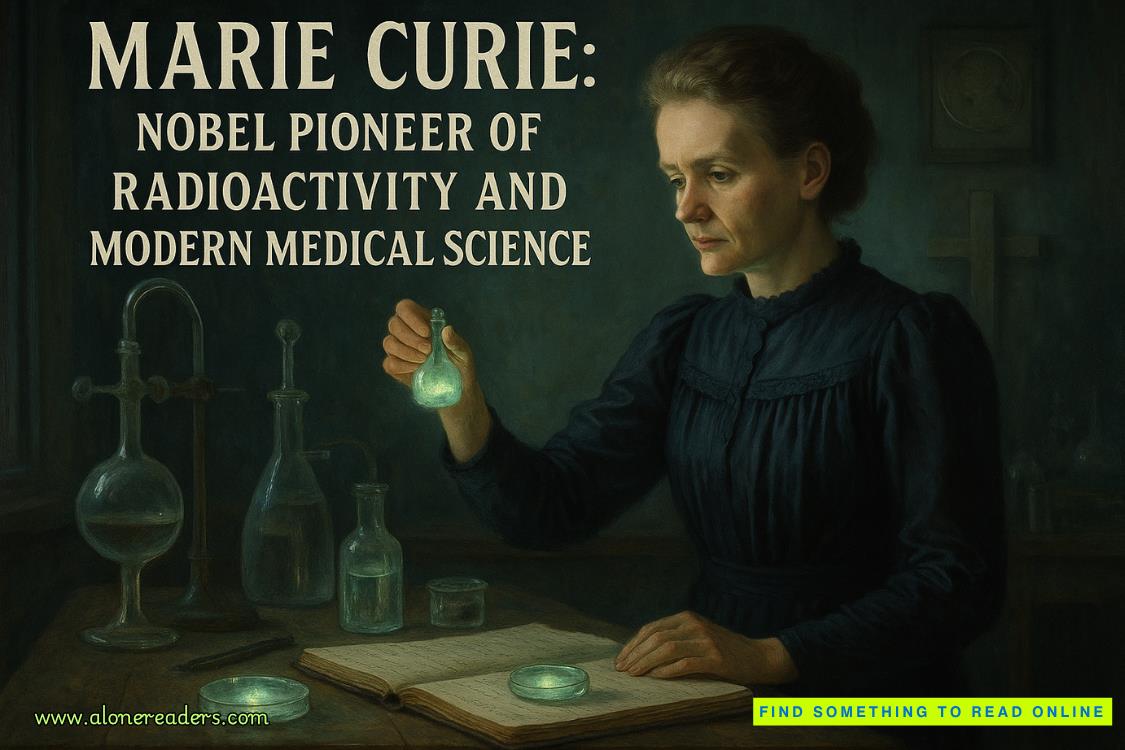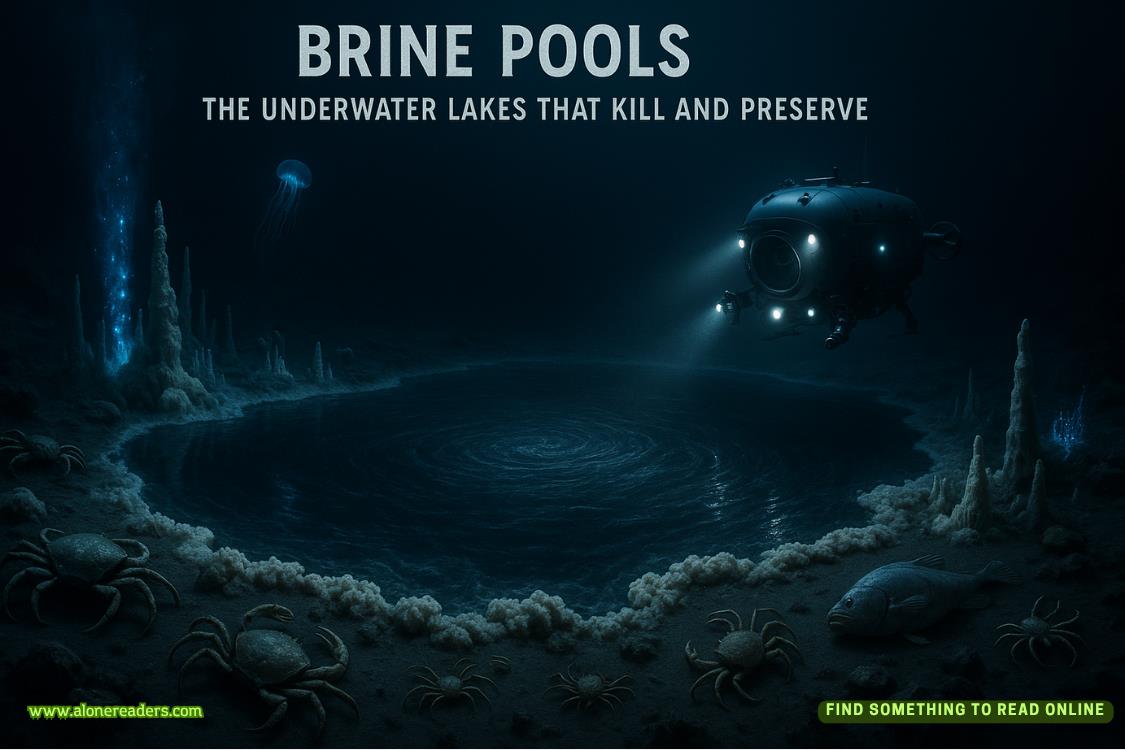Page 44 of Citius
A little something for everyone.
“The floor’s all yours.” He settled into his leather wingback office chair, smoothing out the collar of his chunky maroon cardigan as he got comfortable.
As if I could miss how it highlighted the width of his shoulders. Show-off.
I set my laptop on the desk and opened my presentation deck, then slid a printed copy across the desk to him with a touch of reluctance. “It’s not polished yet, so apologies in advance if there are any mistakes. I emailed you the file, too, if you’d rather follow along that way.”
“This is perfect,” he said, pulling the hard copy closer and brandishing a pen.
First, we reviewed potential additions to the report library. Cal agreed with most of my suggestions, only vetoing a few with well-supported reasoning.
“Okay,” I said, “moving on to real-time system alerts. I think we can catch pheromone intimidation at the line of scrimmage.”
I savored his genuine surprise at my suggestion. It was bold, even for me.
“If a player wearing a PheroPass sensor experiences intense pheromone exposure for ten seconds or more during a game,” Cal read from the slide deck, “the real-time monitoring program will record the incident and issue an alert.”
“If the exposure continues, the alerts will become more urgent—just like the irregular cardiac rhythm protocol. The same thing will happen if they come across an unreasonable density of pheromones, like if they’re being suffocated at the bottom of a pile-up after a big play.”
“I like the general premise. A lot. But I see two immediate problems.” Cal underlined a few key points on the page. “First, proving thatsomeone premeditated a pheromone release is incredibly difficult. Maybe even impossible for team sports. Reactions to intense pheromones are too varied.”
“That’s why we should focus on the cause instead of the reaction. I mean, if I was trying to throw you off your game, I don’t carehowyou react, only that you’re distracted long enough to miss the snap. Most cases I found in the literature cited repeated attempts to intimidate or distract other players. That’s where PheroPass can make a difference. If we have enough data, we can identify negative behavior patterns and prove intent.”
Cal tapped his pen against the horn on the Captain Tusker bobblehead next to his monitor. I watched the pirate narwhal’s bulbous head jitter around while Cal worked through his thoughts.
“Your research included the hockey referee scandal?”
“Of course. The library portal has a great analysis of the court case.”
Allegedly, a group of hockey officials were bribed to manipulate the outcomes of crucial games. The referee was instructed to target a particular team during face-offs, releasing excessive pheromones for a split second just before dropping the puck.
No one was immune to a sudden pheromone spike, and it might take a few seconds to combat your instinctive reaction—anger, fear, panic, lust. Even I might get nauseous. Just long enough for the other team to snag the puck.
“Huge scandal when I was in high school. If you lose enough face-offs, you lose the game. Lose enough games—you tank your season.” Cal rolled the pen between his palms. “But even with all the hoopla, it wasn’t enough for a conviction.”
Like all sports venues, hockey arenas followed strict ventilation and pheromone neutralization guidelines. The players also wore uniforms made from scent-canceling fabrics, just like my old leotards. Inadvertently making it all too easy to get away with pheromone-based offenses.
“But imagine how different the outcome could have been with the right data,” I said, folding my arms on the desktop. “What if the prosecution could access years’ worth of emission records? And what if it went beyond the players, and they had access to the officials’ data, too?”
“I’m not sure Redwing has considered the historical record implications of PheroPass yet. This might be a good introductory topic.”
“And referees are another avenue for sales.”
“The higher-ups do enjoy their money.” Cal paused for a moment. “Okay. I’m sold. Just because no one’s proved a case of athletic pheromone intimidation in court doesn’t mean it can’t be done. Especially when you combine the PheroPass reports with bank records and other evidence.”
“I still think we could catch some players red-handed.”
“Don’t you mean sniff them out red-nosed?” Cal drummed a jaunty rhythm on the desktop, happy to ignore my grimace at his corny joke. “My second issue is the time. Ten seconds feels like an arbitrary number.”
The sun dipped lower, setting the autumn foliage on fire and stinging my eyes. I angled my head away from the office window.
“I tried to calculate the average time between players assembling at the line of scrimmage and the ball being snapped.”
“But teams have more time than that to throw the football. What if the pheromone bomb comes with two seconds left on the play clock? The opposition could justifiably blame it on an influx of adrenaline.”
A series of metallic clicks sounded, followed by the cooling relief of shade. Cal lowered the blinds and continued as if it was nothing.
“And elevated readings following a tackle could be explained by proximity. The closer you are, the more pheromones the sensor picks up. And ten seconds is way too long. It’s more like a nanosecond. Just a nasty wall of pheromones smacking you right in the face.”















